Far more is known about ‘The White Hart Inn’ in Elizabethan times, when coaches plying the highways twixt London and Wales, required a change of horse and much-needed accommodation and victuals for the travellers. Although, it remained an important coaching inn into the 17th Century and beyond, it was the English Civil War (1642-1651), initially fought between Charles I’s Royalists (or ‘Cavaliers’), and Oliver Cromwell’s Parliamentary Army (the ‘Roundheads)’, that would provide ‘The Lygon Arms’ with its place in history.
A brief account of
a very long history!
From the moment you cross the threshold of The Lygon Arms and look up, you know that you are passing back in time. For there, on the arch over the front door, is carved the name ‘John Trevis’ and the date ‘1620’. The 'Trevis' family held the inn for some 150 years.
However, documentary evidence from 1377 indicates that a coaching inn stood on this site long before the current Tudor building. Further evidence of a medieval past is suggested by its then name: ‘The White Hart’, since the hart – a stag - was the personal symbol of King Richard II (1367-1400).
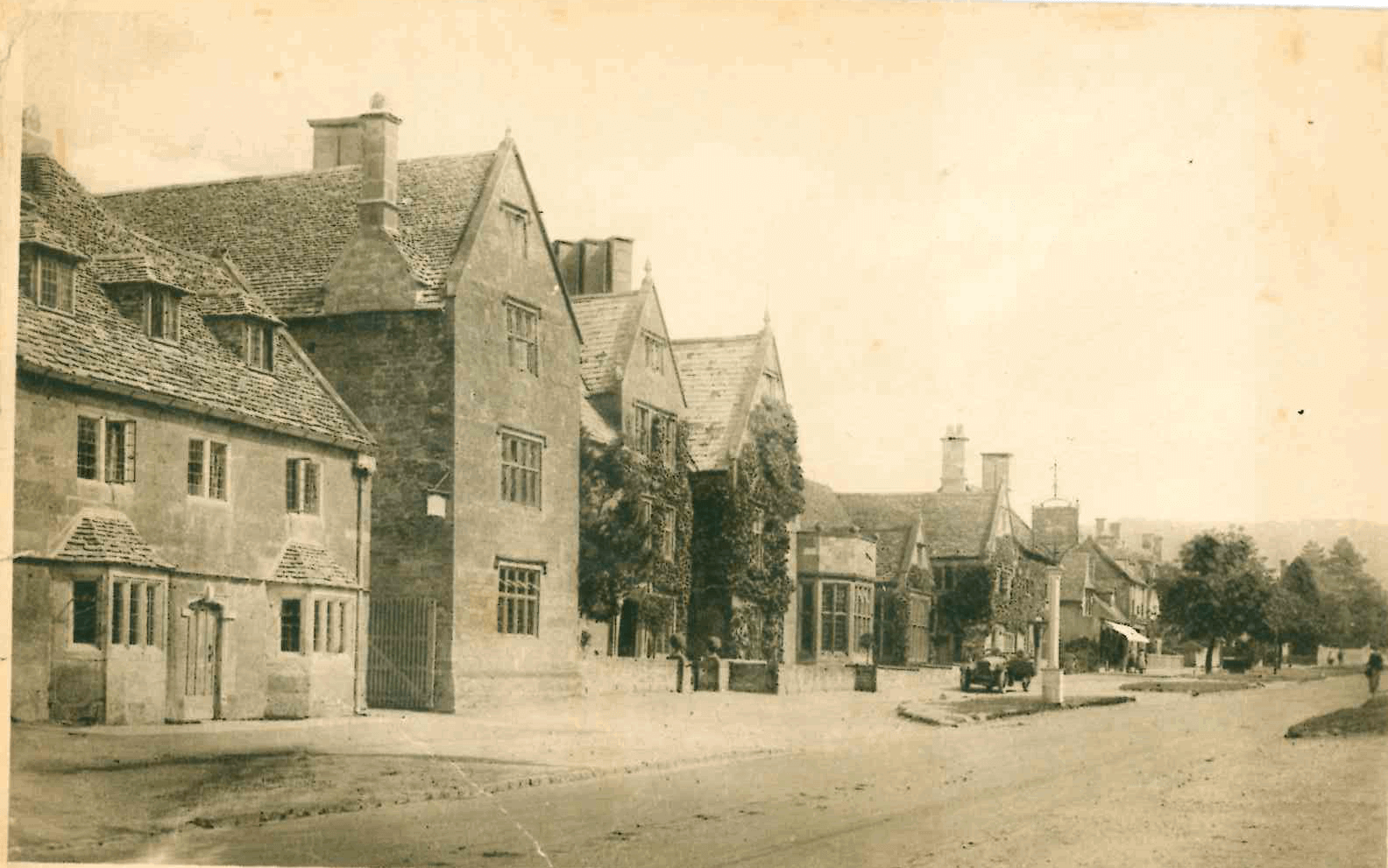

In a war fought in three phases, and across the length and breadth of England, it would be inevitable that the protagonists would cross paths. So it was that Charles I in person met with his supporters at ‘The White Hart Inn’ giving his name to the impressive ‘King Charles I Suite’, wherein the King’s coat of arms bears witness to its association. However, the keen observer will notice that the face of the royal lion is missing, a clue to who might have visited the Inn subsequently!
What we do know is that Oliver Cromwell himself occupied a room here immediately before engaging the Royalists at the fateful Battle of Worcester on 3rd September 1651, when Charles II was put to flight and the War won for the Parliamentarians. A reproduction of the ‘warts and all’ portrait of Cromwell hangs by the side of the great 17th Century fireplace in the appropriately named ‘Cromwell Room’.
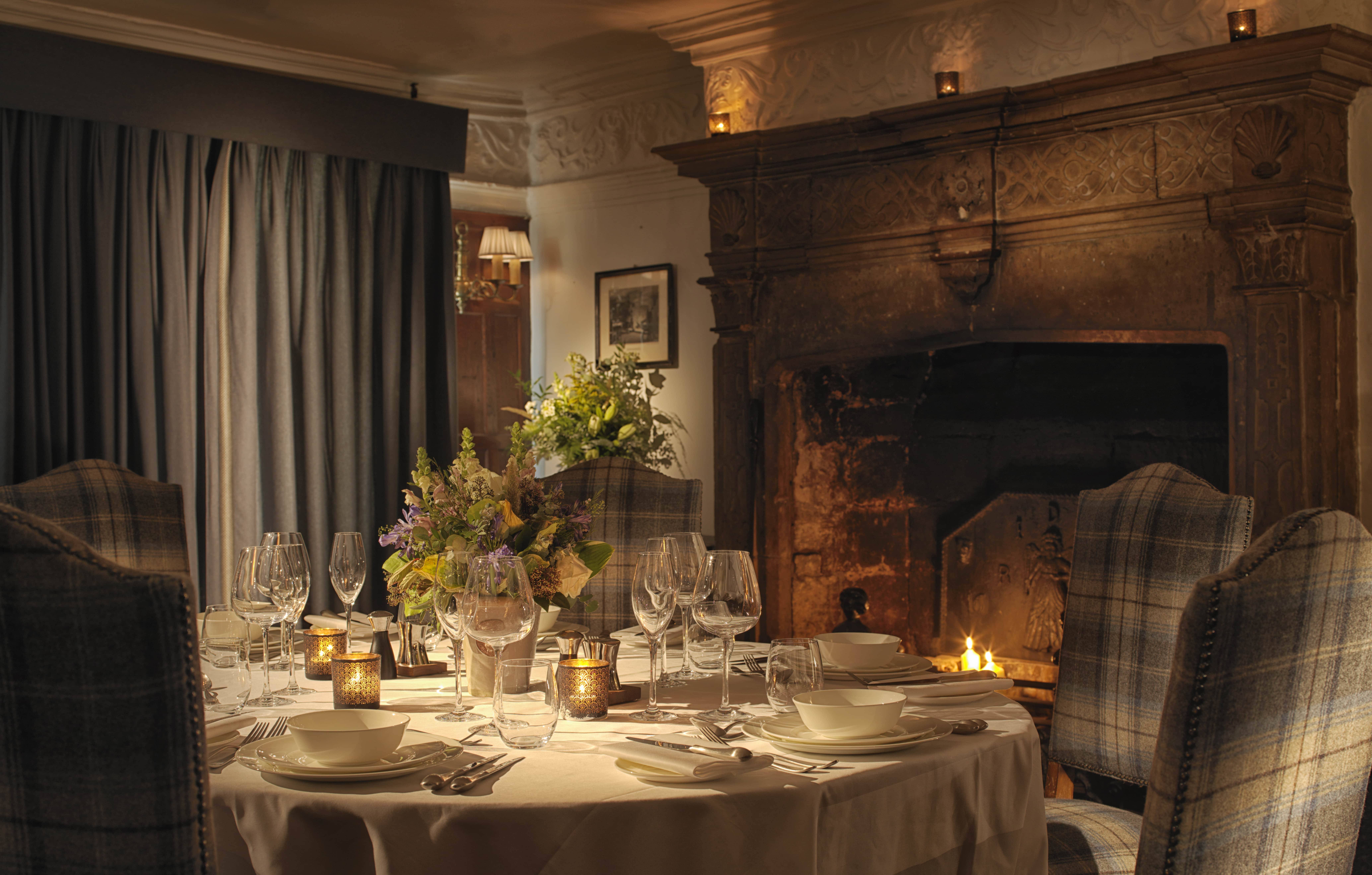
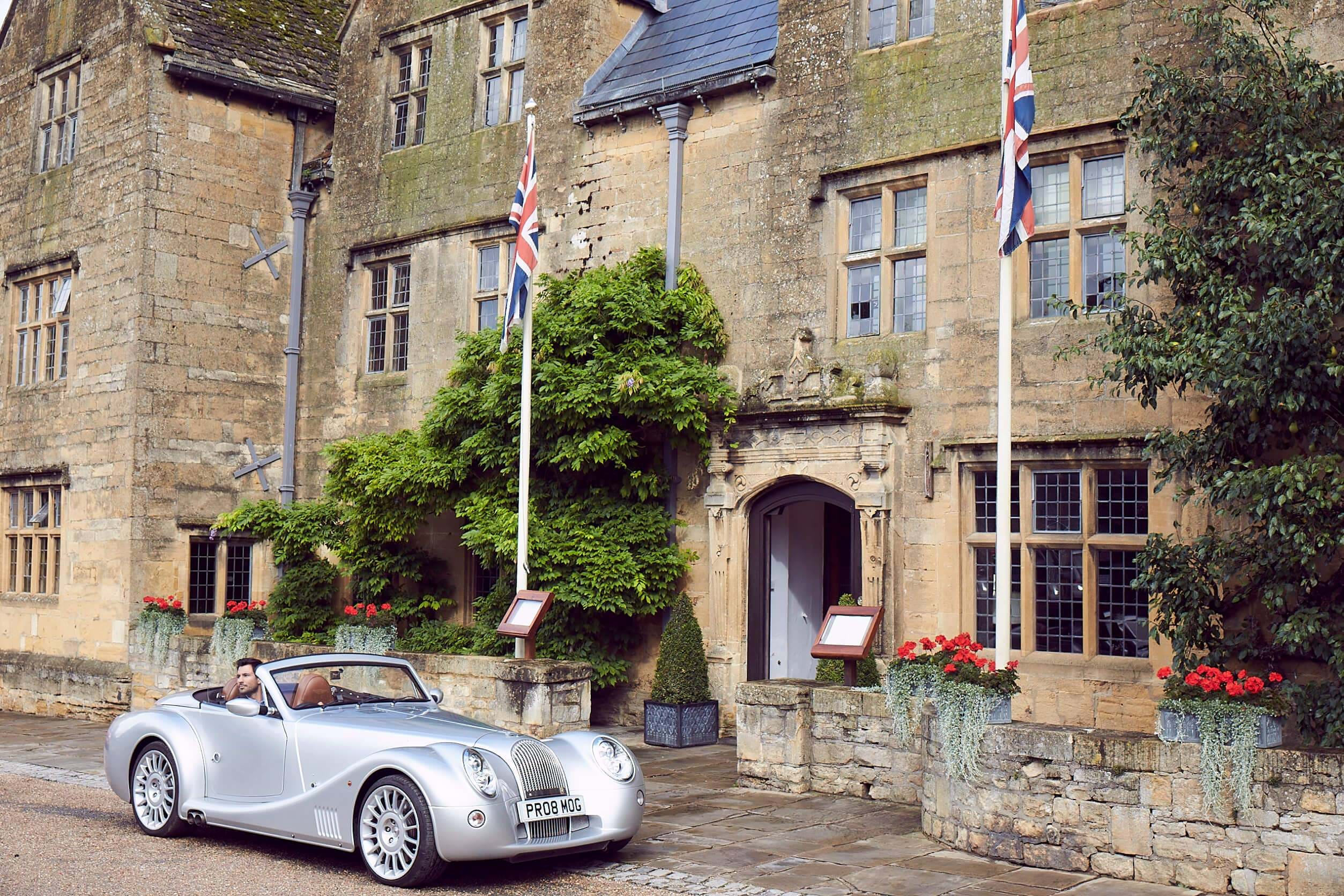
Otherwise, ‘The Lygon Arms’ remained, for a further 250 years, a place where passing travellers and tradespeople might stop to rest and refresh, before becoming a destination in its own right in the 20th Century when horse-drawn vehicles gave way to the motor car and motorcoach, or charabanc.
Royal visitors include King Edward VII, who motored to the Hotel in 1905, and in 1913, his young grandson, the playboy Prince of Wales and future Edward VIII, who in 1936 was to abdicate over his determination to marry the American divorcee, Mrs Simpson.
The Hotel’s guest book is a ‘Who’s Who’ of the great and the good, but as it became known for its charm and luxury, it attracted politicians and the odd prime minister, along with stars of stage and screen, including ‘Queen of the Movies’ Mary Pickford, Oscar-winner Sir Michael Redgrave, and Elizabeth Taylor and Richard Burton during the height of their affair in 1963.
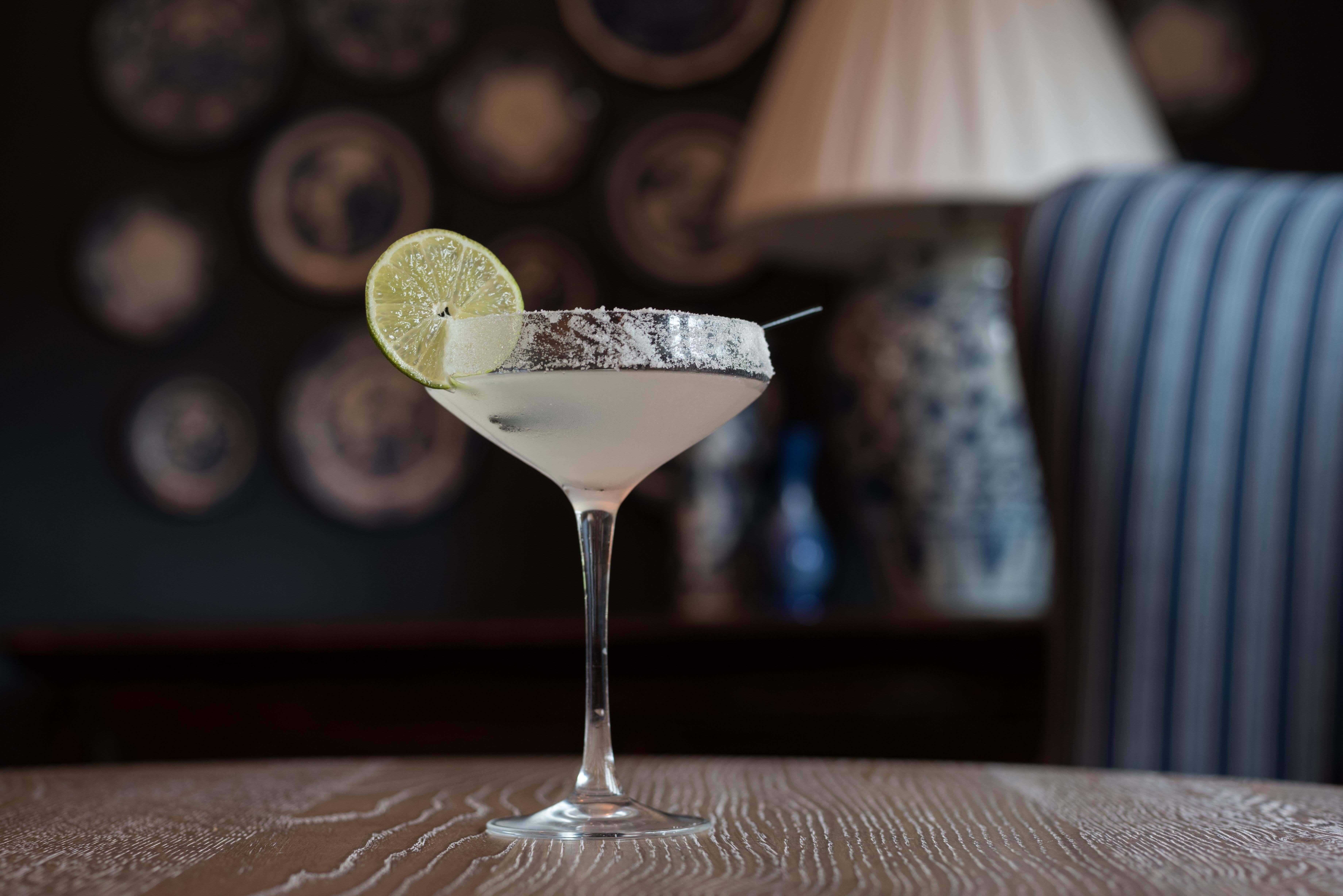
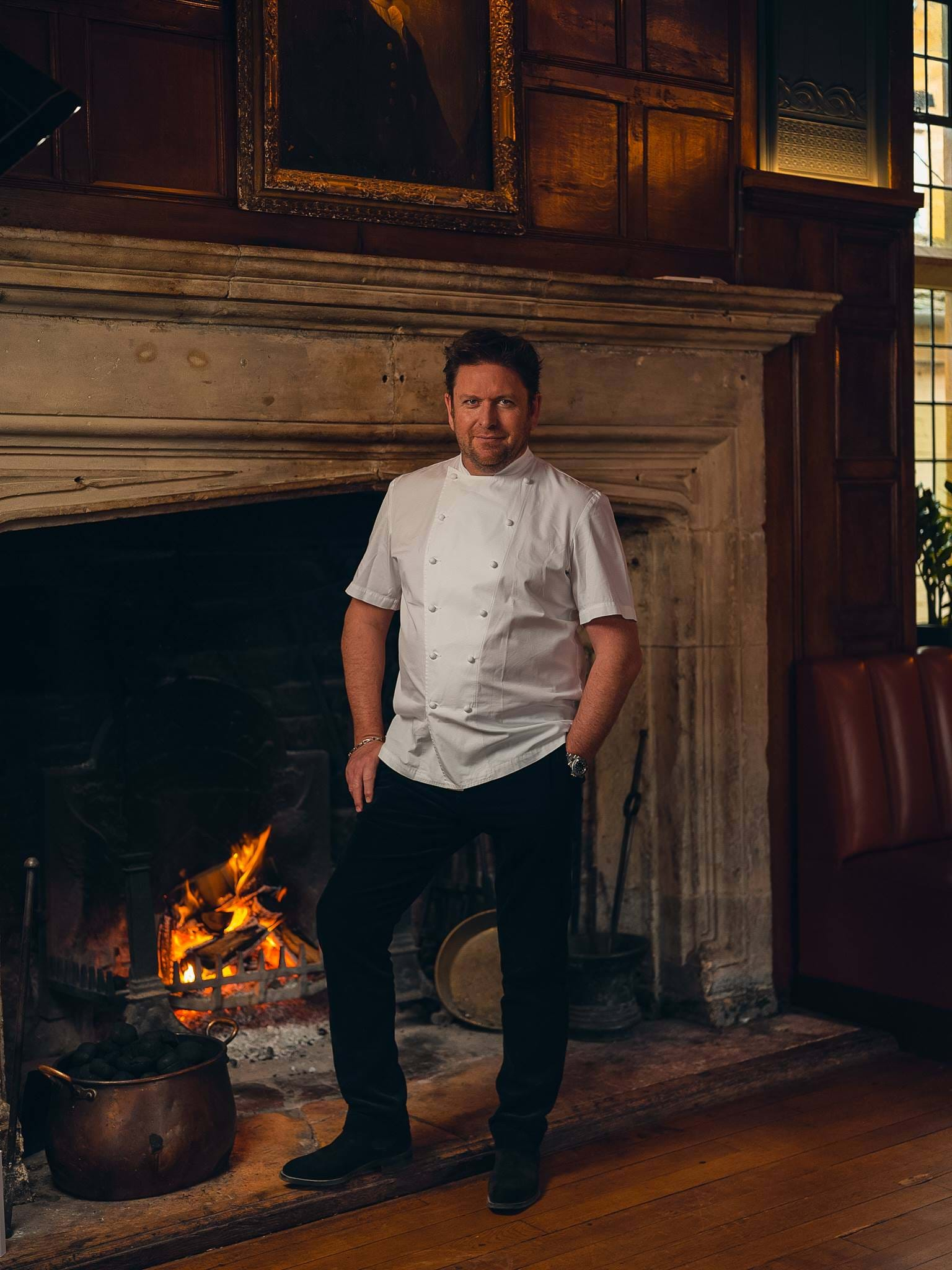
Building on its 650-year history, present owners, Iconic Luxury Hotels, continue to blend the old with the new so that guests get to sense they are part of its past, present…and future.
A Summer Of Celebration
From the original artist colony that formed in the small village of Broadway, Worcestershire from 1885-1889. Consisting of artists from America and Europe, such as Francis Davis Millet, Edwin Austin Abbey, and John Singer Sargent, the colony assembled at Broadway each summer. Described as a summer camp, Broadway was a retreat from the modern world, visibly presenting the past within its architecture and slow-moving way of life. Isolated from modernity, the village provided a unique venue for the artists to create works of art. In the centenary year of John Singer Sargent’s death (January 12, 1856 – April 14, 1925) we remember American expatriate artist, considered the "leading portrait painter of his generation" for his evocations of Edwardian era luxury. He created roughly 900 oil paintings and more than 2,000 watercolours, as well as countless sketches and charcoal drawings.
Born in Florence to American parents, he was trained in Paris before moving to London, living most of his life in Europe. He enjoyed international acclaim as a portrait painter. An early submission to the Paris Salon in the 1880s, his Portrait of Madame X, was intended to consolidate his position as a society painter in Paris, but instead resulted in scandal. During the next year following the scandal, Sargent departed for England where he continued a successful career as a portrait artist. From the beginning, Sargent's work is characterized by remarkable technical facility, particularly in his ability to draw with a brush, which in later years inspired admiration as well as criticism for a supposed superficiality. His commissioned works were consistent with the grand manner of portraiture, while his informal studies and landscape paintings displayed a familiarity with Impressionism. In later life Sargent expressed ambivalence about the restrictions of formal portrait work and devoted much of his energy to mural painting and working en plein air. Art historians generally ignored society artists such as Sargent until the late 20th century. The exhibition in the 1980s of Sargent's previously hidden male nudes served to spark a re-evaluation of his life and work, and its psychological complexity. In addition to the beauty, sensation, and innovation of his oeuvre, his same-sex interests, unconventional friendships with women, and engagement with race, gender-nonconformity and emerging globalism, are now viewed as socially and aesthetically progressive, and radical.














